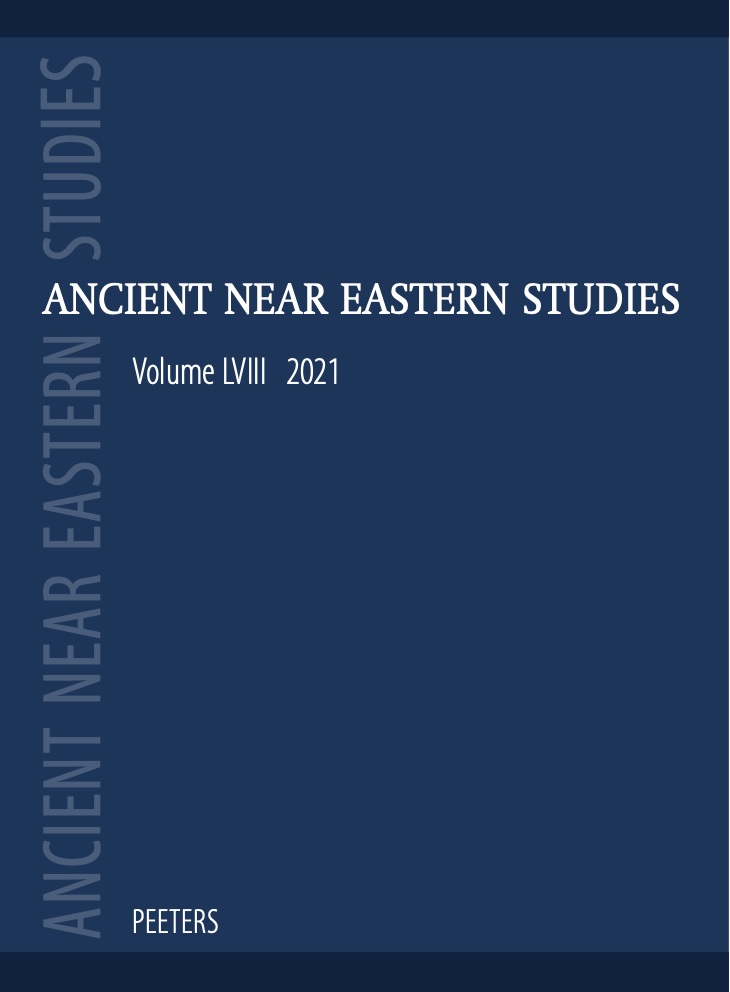 previous article in this issue previous article in this issue |

Preview first page |
Document Details : Title: Pessinus of Phrygia over the Ages Subtitle: An Archaeological Reappraisal Author(s): MARANZANA, Paolo Journal: Ancient Near Eastern Studies Volume: 61 Date: 2024 Pages: 623-644 DOI: 10.2143/ANES.61.0.3294049 Abstract : This paper aims to review the archaeological evidence for Pessinus (modern-day Ballıhisar), a major site that may provide precious information on settlement development of the Phrygian Period away from Gordion. The archaeological research conducted at Pessinus/Ballıhisar, however, reveals scant occupation before the sixth century BCE. This is likely due to the fact that the growth and prosperity of this ancient site were often reliant on external factors that may or may not have provided favourable conditions for its success. In particular, it appears that Pessinus greatly benefited from the presence of larger supra-regional powers, which facilitated the establishment of connections across the area. Pessinus, thus, expanded during the Achaemenid Period, which saw the creation of a significant commercial network in the region. During the Hellenistic Period, when Pessinus emerged as a major centre, its association with Pergamon and the Attalids played a crucial role in strengthening the connection between Pessinus and the cult of Cybele, which is not present at the site of Pessinus before this time. The Roman Period marked a distinct phase in the history of Ballıhisar/Pessinus, characterised by urban development and extensive occupation. This growth came at the expense of local elites, who participated in the new order established in central Anatolia by Emperor Augustus and continued by his followers. |
|


